cheers to the slippery slope of age and making our calories count:
seafood “zucc-ghetti“with fresh herb and walnut pesto.
It the honesty of my youngest daughter — one of those parent-child moments — that was the inspiration for this week’s simple pleasure: seafood “zucc-ghetti“with fresh herb and walnut pesto.
the quake
Children are excellent observers. Children are even better at articulating these observations without the filter that is learned with age. I am not sure which exploits one’s insecurities quicker: the mirrors in a changing room with those dreadful overhead lights or your children pointing out the physical attributes on your body that you yourself are discovering (and/or trying to minimize, if not forget).
As parents we are the recipients of these truthful, articulated observations: no words minced. The grey hairs you never knew you had; the adult acne that has returned to haunt you; lines on your face that survive your smile; or that picture of you in which your children do not recognize you because “you look so different … so young.” These things escape no one. They are normal with the blessing of additional years on this earth. Because I have no qualms laughing at myself (and it is relevant to the recipe as I will explain) I will share one such honest observation with you.
It is the middle of the week, early evening, and I am home in the kitchen making dinner, testing recipes, on a call, breaking up a sibling argument, listening to the washing machine scream at me because the cycle is “done,” and packing tomorrow’s camp lunches. It is the usual multi-tasking routine, borderline madness, of any parent’s night. While this is going on, my youngest daughter comes up behind me and forcefully places her hands on my bottom (one hand for each cheek, shall we say). With no warning, she proceeds to shake my bottom with both of her hands and the force of the Northridge quake. Oh no, it gets worse: the room is filled now with shrill laughter (coming from her mouth, not mine) followed by the declaration: “Mom, your butt jiggles all over the place.” There it was. The unfiltered, honest observation. Now I do not know the proper way to respond to such a comment, but my immediate response was: “Yes. It does and you may laugh but I happen to like my cookie bottom just the way it is and you are looking at your future, my dear.” Both statements are true.
the truth about aging
Whether in a cooking class or in people’s homes writing menus, one comment I consistently hear is “I eat the same now as I did before but I am gaining weight.” However, it is not sticking to our normal regime which is at issue, it is the changing needs of our bodies. So, here is another unfiltered truth: as we age, our bodies and our metabolisms change and because of this we have to change our eating and our diets too. Does this mean that we can never eat a piece of chocolate cake or a slice of pizza again? No. However, we do have to focus more than ever on figuring out how much our bodies realistically now need and making those calories count.
As we age, it is increasingly important to eat “nutrient-dense foods” because the older we get, we lose muscle mass and because we do, we burn off fewer calories and need fewer calories. If we are consuming the same amount of calories as we did before this muscle loss, our weight will steadily increase because our bodies are not burning the calories it used to. That is why the amount of pizza you ate in your twenties and thirties that never showed, now sticks to you like glue. You will also notice that as you age, your appetite will not be the same it was as before.
What are nutrient-dense foods? Think of it like the adage “more bang for your buck” but in the food sense. Nutrient dense foods are foods typically lower in calories and which provide our bodies with the nutrients it needs, rather than calories of things it does not need (“empty” calories). Take pizza versus kale as an example. A 3.5 ounce serving of kale is 50 calories (6 from fat) and gives you 308% of your daily value for vitamin A, 200% vitamin C, 8% fiber, 14% calcium, and 9% iron (based upon a 2,000 calorie diet) in addition to the anti-oxidants of this leafy green. Lots of bang for your 50 calorie buck.
In contrast, a 3.5 ounce slice of cheese pizza is 260 calories (79 calories of it from fat) with only 18% of your daily value of calcium, but high in fat (19% ), sodium (23%), with only 10% of your daily requirement of iron, 3% vitamin C and 7% of vitamin A. Bang in the pizza buck? Not so much. Kale gives us a lot of more of what we need to be healthy, for a lot less calories.
If we routinely consume empty calorie foods we may be obtaining our daily calories but depleting our bodies of what it needs to thrive. In addition, we will actually eat even more because empty calorie foods do not fill you and you will be hungry soon thereafter. What things typically lack nutrient density? The obvious: sugary foods, cakes, cookies, candy bars, alcohol, sodas, many snack foods, fried foods, and fruit juice.
In contrast, nutrient dense foods include legumes, vegetables, seafood, and fruit. I would also include proteins and fat from nuts, seeds, eggs, and certain oils (however, our fat intake should be limited as well.
This week’s simple pleasure is not only delicious but nutrient dense:
- The “zucc-ghetti” is not pasta (which does not have much nutritional value and contains gluten which many people cannot eat) but raw zucchini “cooked” with a pinch of salt, lemon juice and olive oil. Zucchini is extremely low in calories (and modestly priced making it accessible to many).
- The “sauce” is a cheese-less pesto made with heart-healthy walnuts, olive oil, and fresh herbs tarragon, basil, and parsley.
- The protein comes from seafood. Calamari is low in calories and high in protein (one cup serving boiled has 147 calories with 100 calories of that as protein). Calamari also provides necessary carbohydrates (32-117 per serving — so if you are a runner, like me, you can get a small carb-load with healthy protein at the same time). Calamari is also a great source of iron and a lot less expensive than most fresh fish. You can purchase it fresh at your seafood market or even in the frozen food section of stores such as Trader Joe’s. Medium-sized shrimp add color and a contrast of texture to this dish and each shrimp is only 6 calories.
The recipe serves 4-6 people. If you serve 4, each serving is 465 calories (the majority of which is from the walnuts and the olive oil). If you are serving 6 people, one serving represents 310 calories. It is recommended that your daily fat intake is in between 20-35 percent of your total calorie intake so keep that in mind.
Here is to embracing the truths about ourselves and our maturing bodies. Cheers to the slippery slope of age and making our calories count. Bottoms up.
Mangez bien, vivez bien et bon appétit ! (eat well, live well and enjoy)
seafood “zucc-ghetti“with fresh herb and walnut pesto.
LM
Tags: calamari, herb and walnut pesto, low calorie dinners, nuttrient dense, runners, shrimp, spaghetti, zucc-ghetti, zucchini
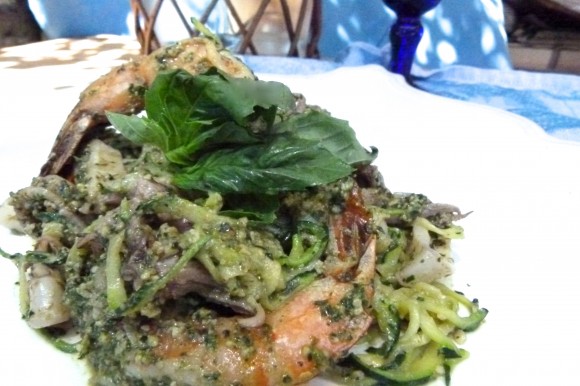
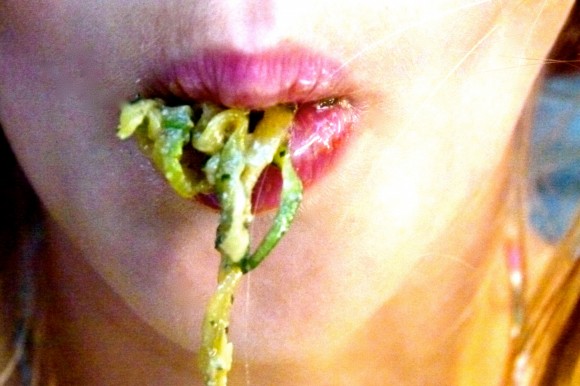
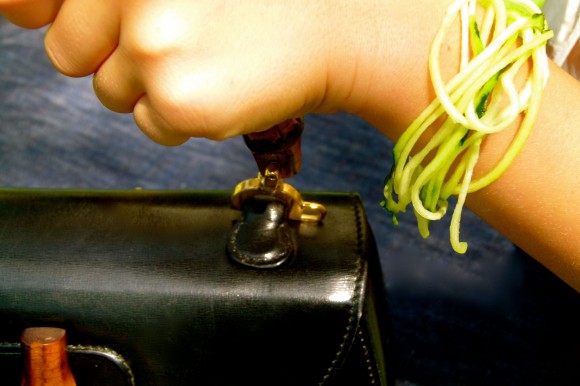
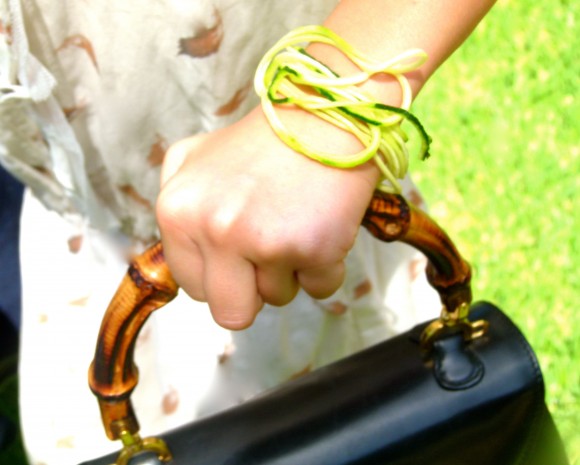

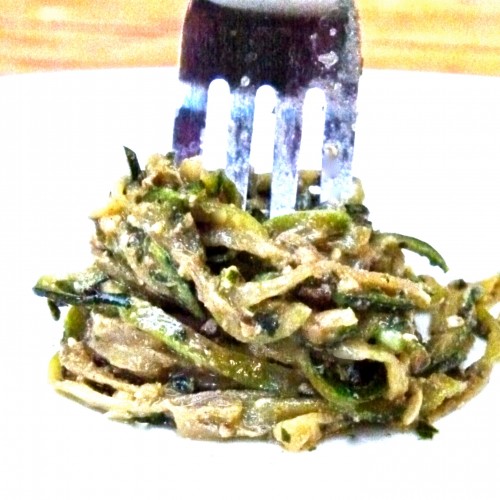
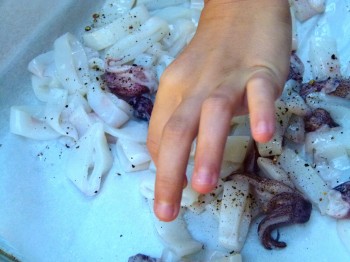
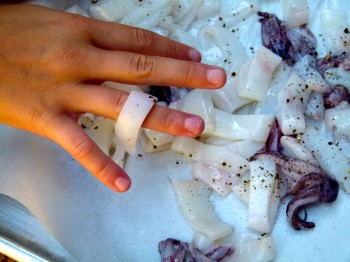
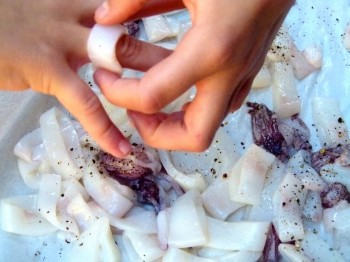
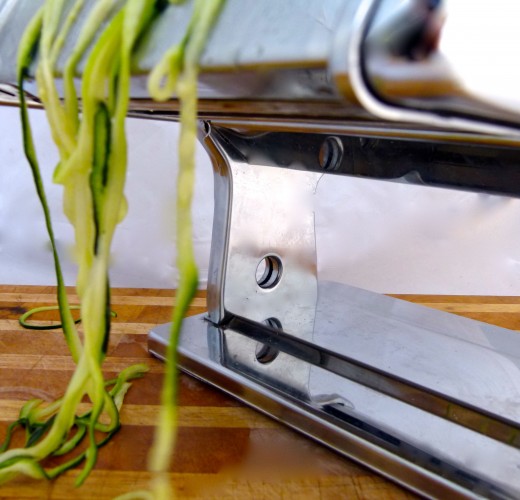
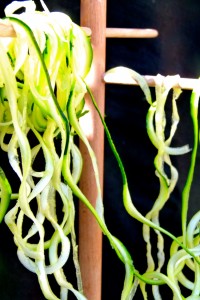
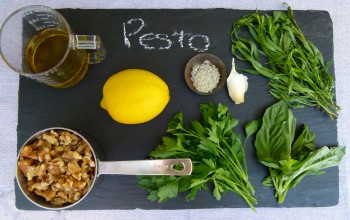
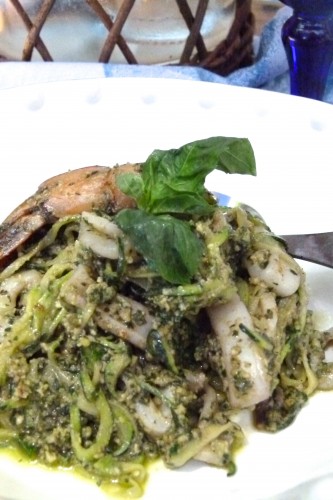
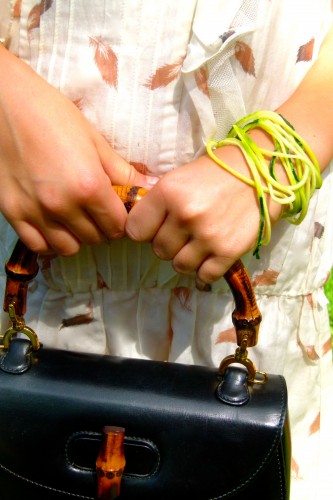



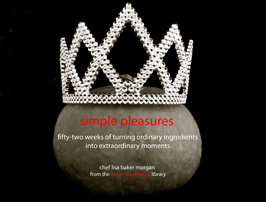
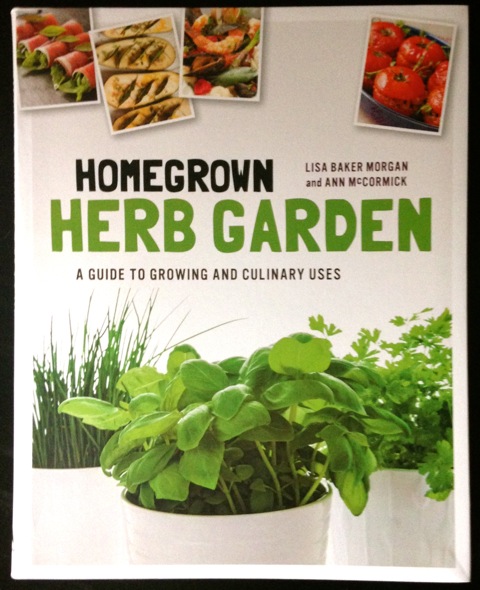


[…] cheers to the slippery slope of age and making our calories count: seafood “zucc-ghetti“with fr… […]